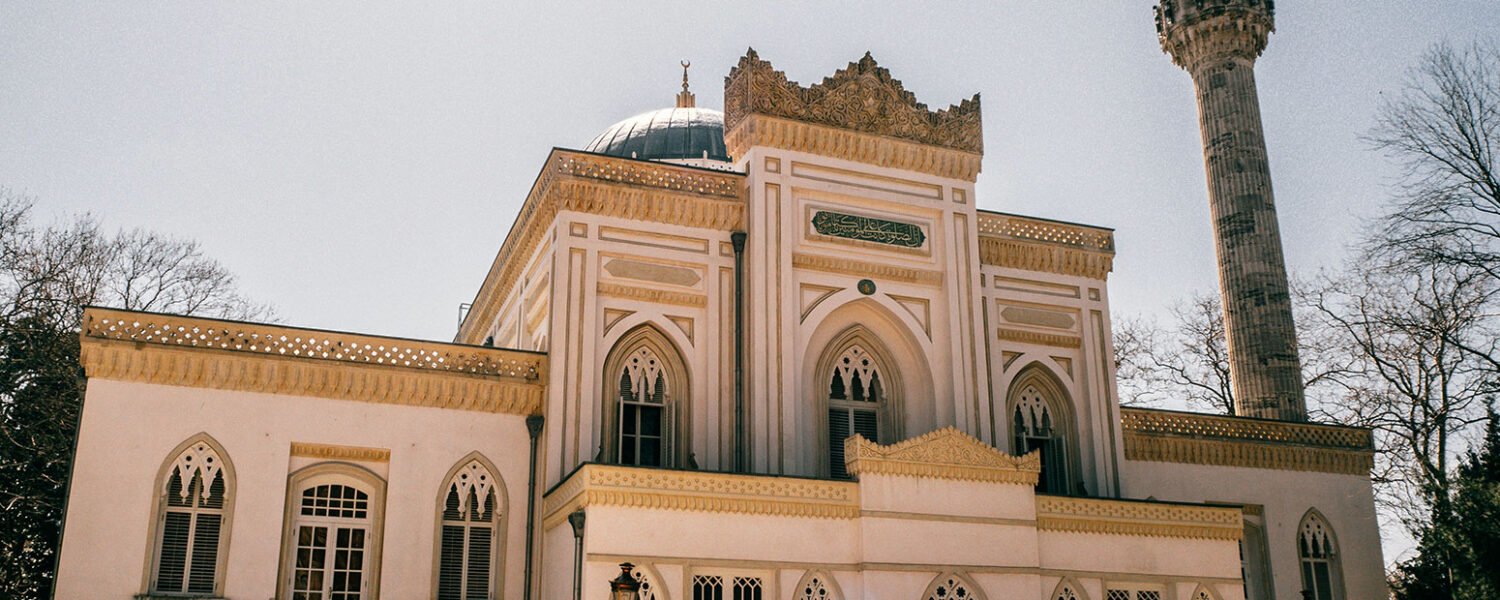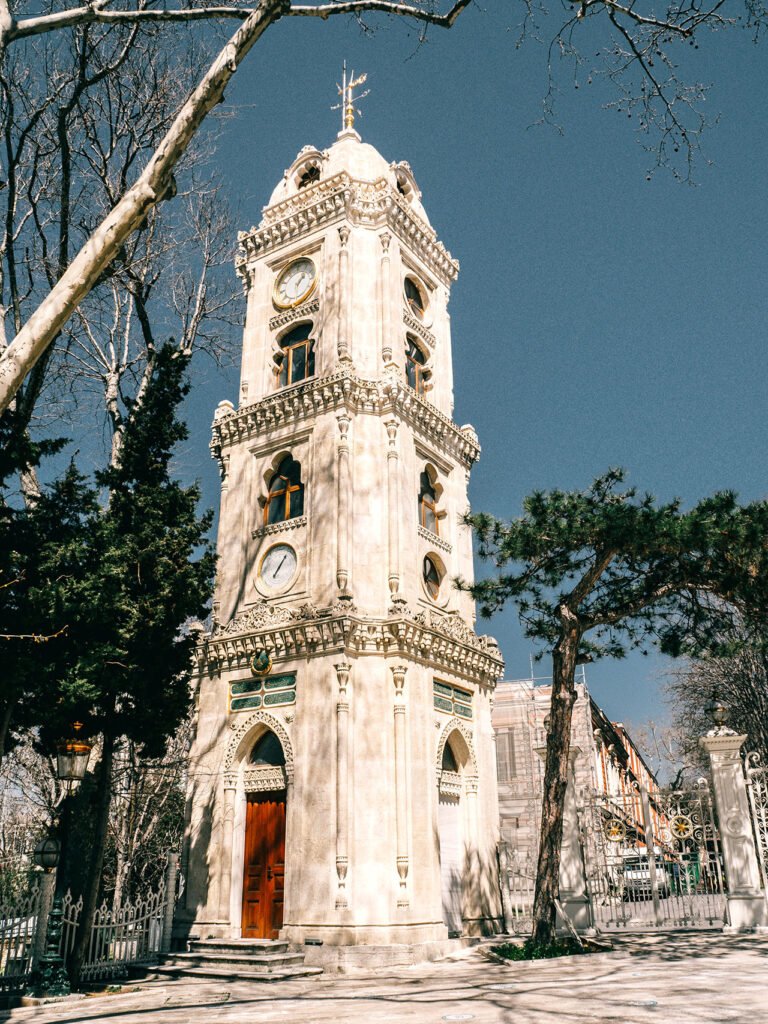A Grand Vision
The story of the Yildiz Hamidiye Mosque begins with Sultan Abdulhamid II, who rose to power in 1876. Seeking refuge at the splendid Dolmabahçe Palace initially, he later made his home at the equally opulent Yildiz Palace. Worried about his brother’s potential return to power and its implications for his reign, Abdulhamid II conceived a plan for a new mosque. This mosque would be constructed on an elevated embankment in front of the Armchair Gate of Yildiz Palace, providing convenient access for Friday prayers without straying too far from the palace grounds.
The Architect Behind It All
The Yildiz Mosque was actually the creation of a Greek architect by the name of Nikolaidis Jelpuylo, also known as Nikolaki Kalfa in Ottoman records, despite some historical accounts attributing its design to Sarkis Balyan. With over three decades of experience working for the Ebniye-i Seniyye Administration (the Imperial Construction Office), Nikolaidis meticulously crafted models, plans, and drawings according to Sultan Abdulhamid II’s specifications. After receiving royal approval, construction began on December 20th, 1881, marking the birth of this architectural masterpiece.
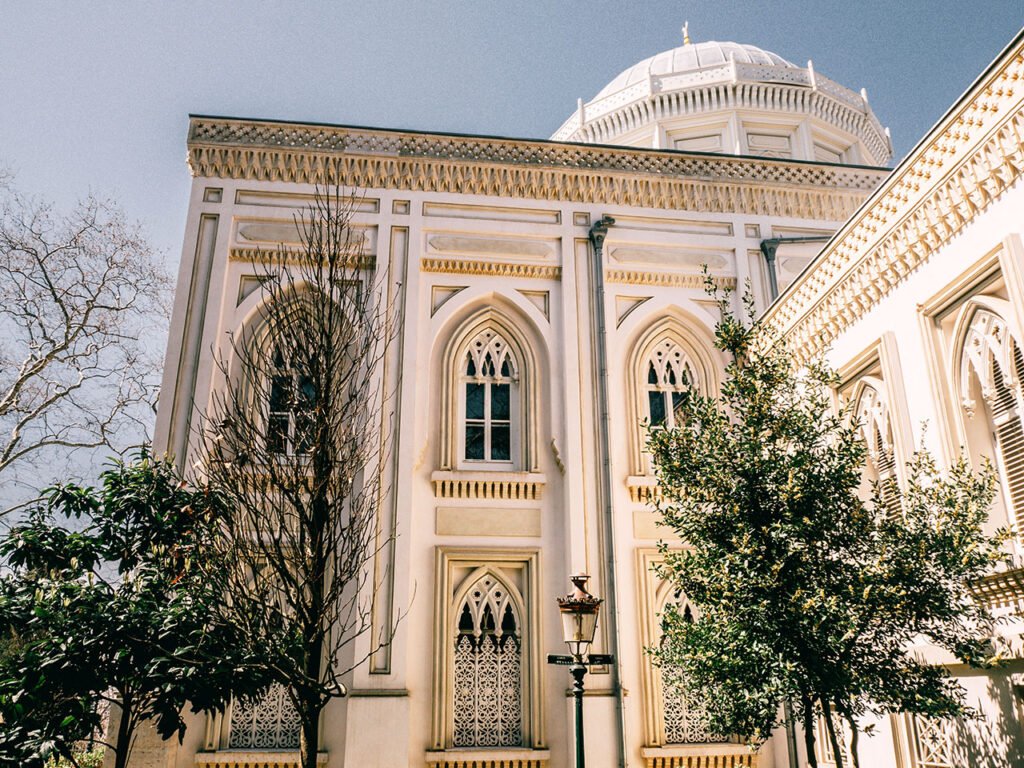
An Architectural Marvel
The Yildiz Hamidiye Mosque blends orientalist and neo-gothic architectural elements harmoniously—a reflection of prevailing tastes during that period. The foundations were excavated to solid ground, while sturdy foundation walls measuring 130 cm thick were erected to ensure stability. The mosque’s facade boasts three rows of muqarnas, creating an intricately detailed appearance.
One notable feature is the mihrab facade at the entrance, designed in the form of a grand portal. Additionally, the Yildiz Mosque showcases an elegant minaret with finely fluted details and a single balcony adorned with muqarnas, showcasing the exquisite craftsmanship of its time.
Interior Beauty
The interior of the mosque is equally fascinating. The rectangular-shaped harim section seamlessly integrates with the narthex. The high drum dome is strategically positioned near the entrance rather than close to the mihrab, allowing ample natural light to flood in through sixteen neo-gothic-style windows. The polygonal structure of the dome drum features muqarnas, while stars against a dark blue background adorn both its interior dome and ceiling.
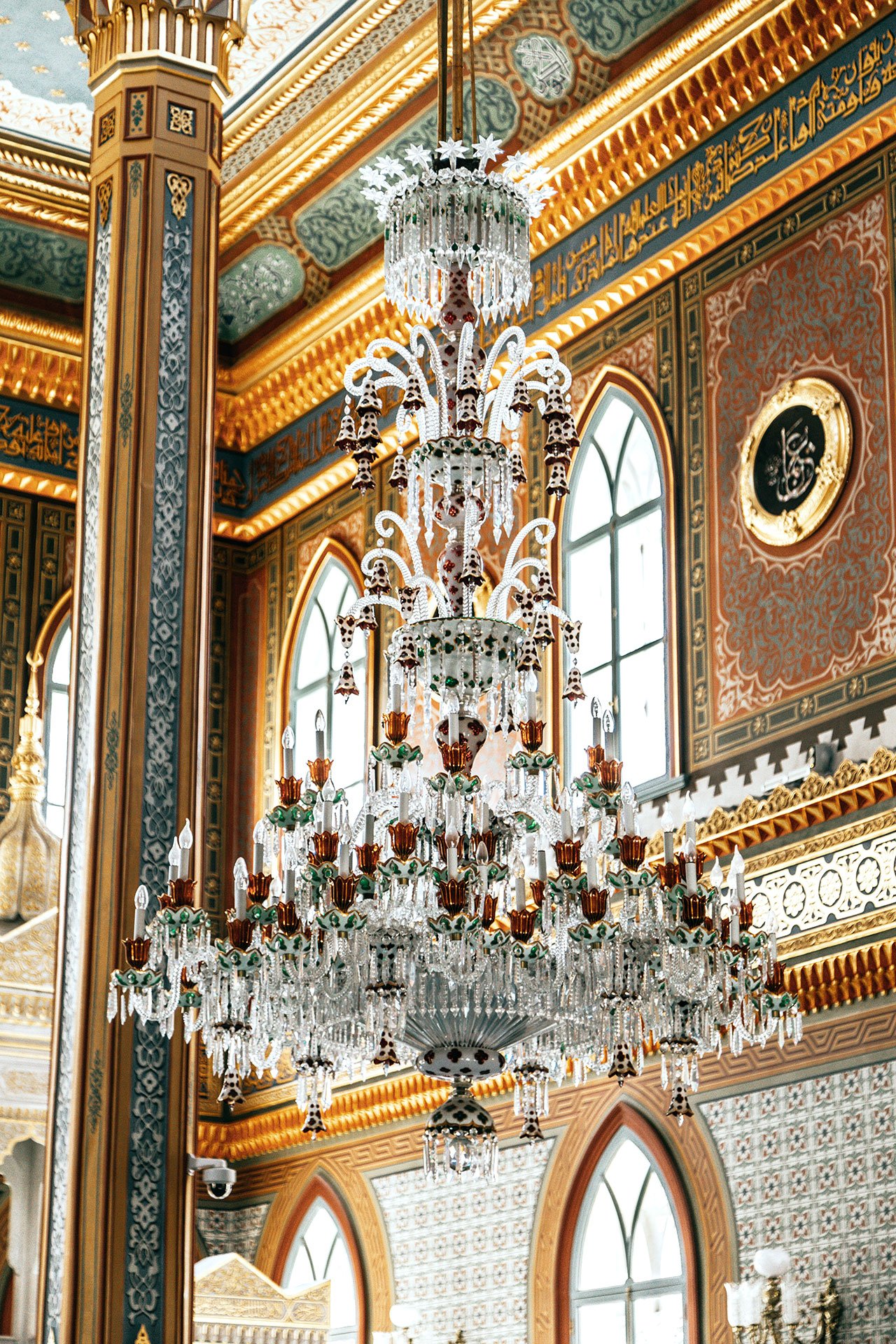
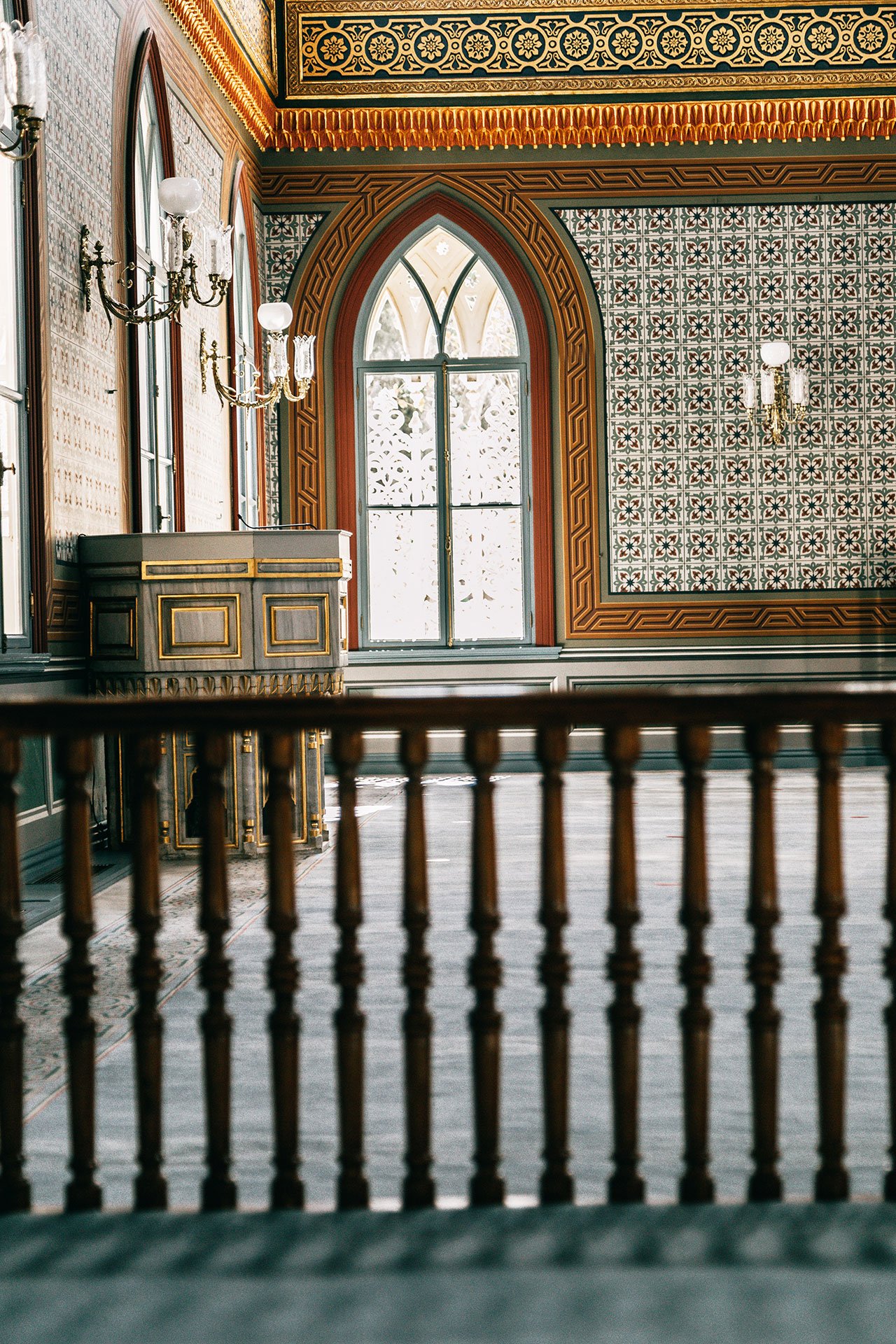
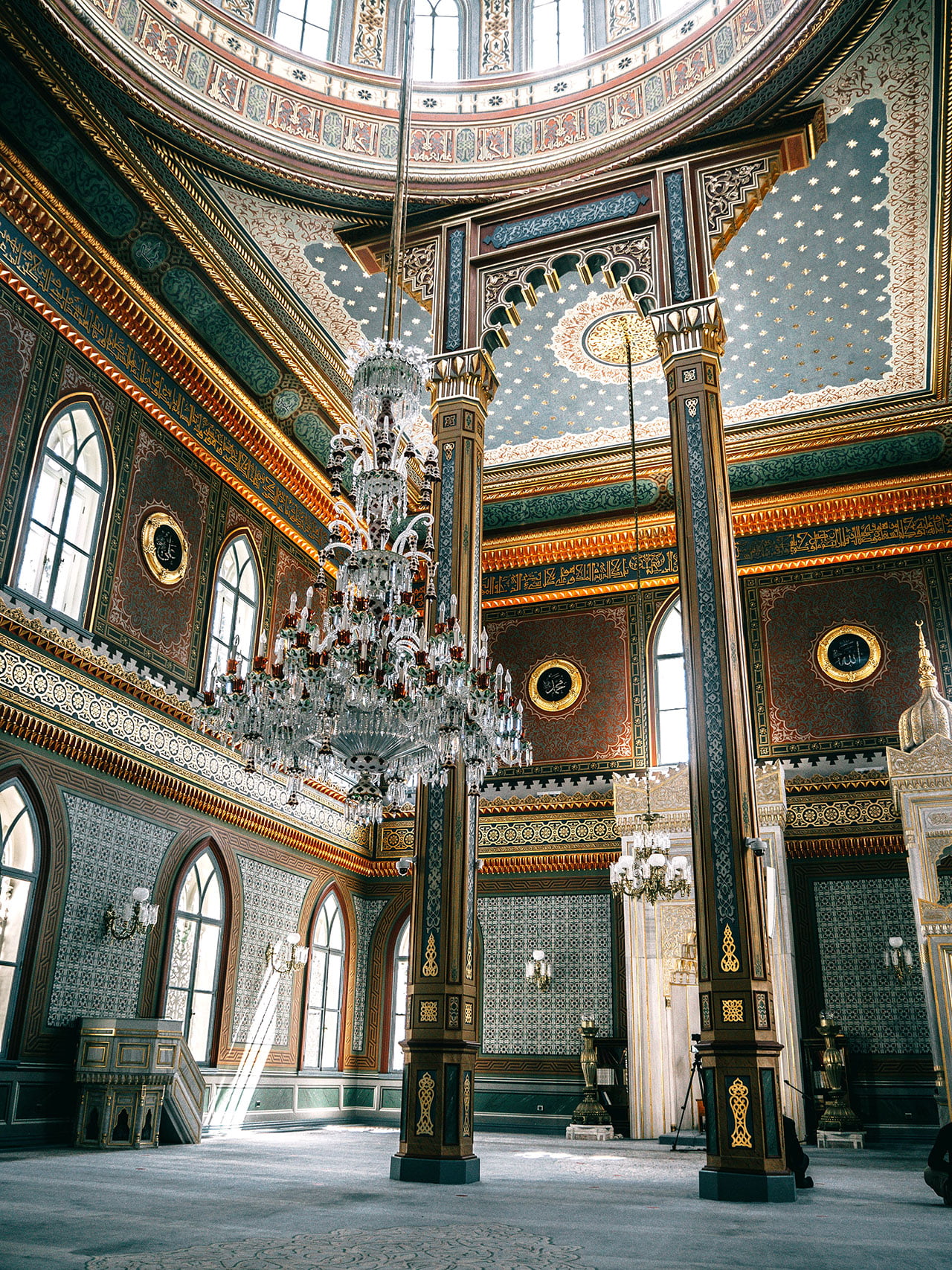
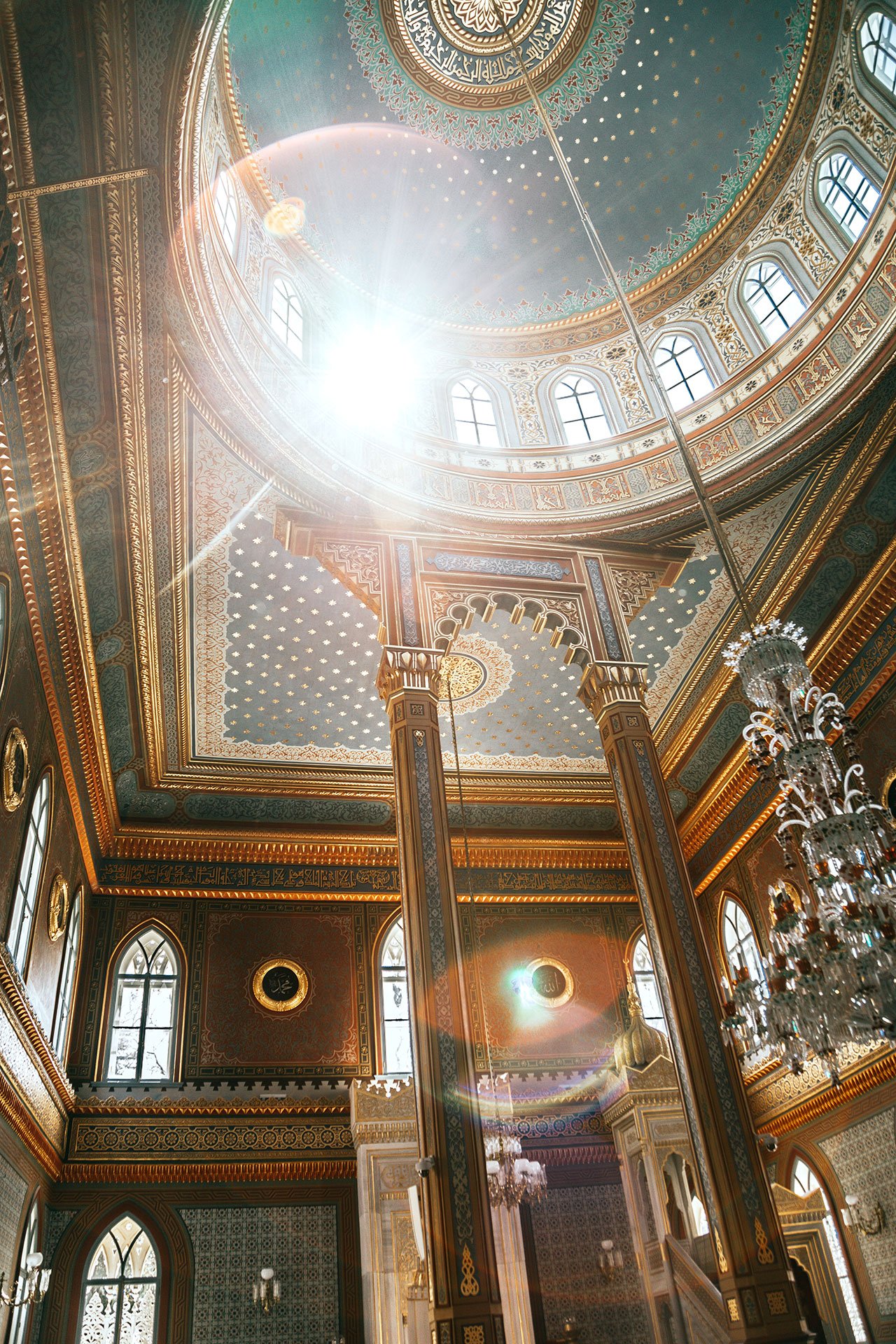
Why is it sometimes referred to as Hamidiye Mosque?
What is the architectural style of Yıldız Hamidiye Mosque, and are there any distinctive design elements worth mentioning?
What historical significance did Yıldız Hamidiye Mosque hold during Abdulhamid II's reign?
Visiting Tips
A Living Piece of History
Completed in 1885, the Yildiz Hamidiye Mosque has witnessed important historical events as it served as a venue for Friday prayers and imperial gatherings. It also gained significance as it became the site where Sultan Abdulhamid II narrowly escaped an assassination attempt in 1905—his quick thinking during a prolonged conversation with Shaykh al-Islam Hālidefendizāde Cemāleddin Efendi ultimately saved his life.
The Fascinating Connection of the Clock Tower
In the courtyard of the mosque, there is a remarkable clock tower that was constructed in 1890. This tower beautifully combines orientalist and neo-gothic architectural styles, which adds to the overall aesthetics of the complex.
All photos by Meruyert Gonullu

